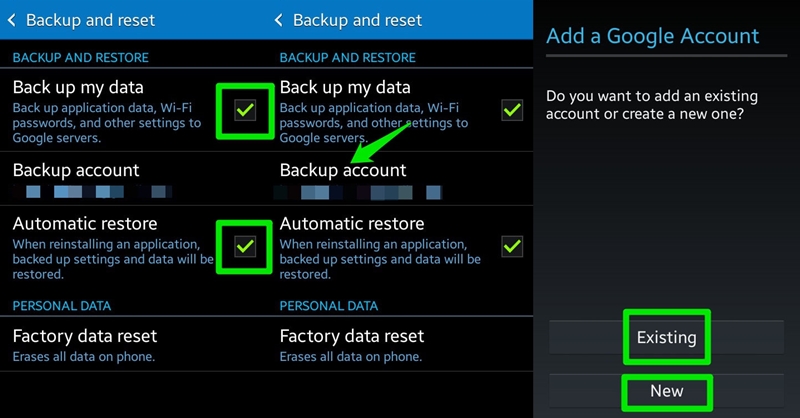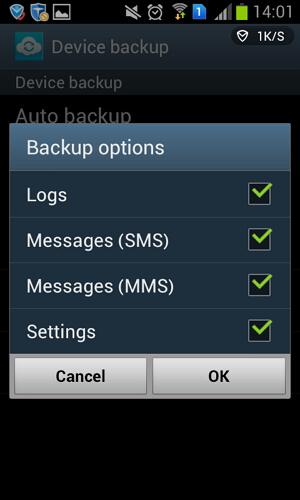
In this case, you can use Google Takeout to export your Google Photos and save them locally on a hard drive or in a different cloud program. You can even set automatic backups for Google Photos, which will send you a backup file every so often that you can download, keeping your saved files up-to-date. The service is extremely useful for creating a backup of multiple Google apps at a time or setting up an individual backup for one app like Google Photos. You can export anything from Google Assistant notes and lists to Drive files to Stadia game activity from Google Takeout. Though it sounds delicious, Google Takeout is none other than a way to export crucial data from most of your Google apps and programs. This guide will take you through creating automatic backups for Google Photos using Google Takeout, so you never have to worry about losing your pictures. In those cases, it’s extremely beneficial to have backups of all of your Google Photo images stored somewhere safe. You can also save space by changing your settings to save messages for a year or just 30 days instead of forever.Situations in which you lose all of your precious memories and photos are very rare, although it can happen. On the iPhone Storage screen you can click on “Review large attachments,” which will give you a list of the biggest attachments stored on your phone. It also helps to clear out your old iMessages or at least any big attachments tied to them. In the age of streaming, you really don’t need to store a lot on your phone. On that note, make sure to weed through all your music libraries. Or you can open an individual app and delete the files it downloaded, such as the downloaded songs in the Google Play Music app.
BACKUP SAMSUNG GALLERY TO GOOGLE PHOTOS ANDROID
You’ll find this in the Files app on an Android phone or iPhone or the My Files app on Samsung Galaxy phones.

BACKUP SAMSUNG GALLERY TO GOOGLE PHOTOS DOWNLOAD
If you don’t want to do that, you can manually clear out your downloads by going through your download directory, Fisco says. And when a phone’s storage is almost full, it will automatically remove all backed-up photos and videos. When this is enabled, which you can do with a toggle switch on the Storage settings screen, the phone automatically removes backed-up photos and videos that are more than 60 days old. Google Pixel phones, for example, have a “Smart Storage” option. Some phones come with extra storage management features. It’s a lot easier to delete these files as you go than comb through thousands of pictures later, when your phone gets full. All of us take pictures that are out of focus or otherwise not good enough to use for anything. On the iPhone, under Settings > Photos, you can enable the “Optimize iPhone storage” option.īut be at least a little picky about the photos you save. Google Photos has an option to “Free up space,” which will back up your photos to your Google account while freeing up space on your phone. On an Android phone or iPhone, head to Settings for your photos app. He adds that you’re looking at them on a screen that’s just about 6 inches. “So you don’t see all the details of the image anyway,” Fisco says. For example, the iPhone 14 has a 12-megapixel camera but only what amounts to a 2.96-megapixel screen. He says high-end smartphones take pictures in much higher resolutions than their screens will support.

You might think that doing so would result in blurry or grainy images, but that’s not necessarily true, Fisco says. Photo optimization on your smartphone stores full-resolution versions in the cloud while leaving smaller versions on your phone.

With a tap, you can delete any unwanted offender or “off-load” it, which frees up space used by the app but keeps the user data and settings on the phone in case you choose to reinstall it at a later date. Photos and videos are common culprits, of course, but you may be surprised to learn how many gigabytes are being consumed by rarely used apps. This will bring up a small color-coded bar chart showing how much storage you’re currently using and what’s hogging that space.īelow the bar chart you’ll see suggestions for clearing space by, for example, optimizing photos (more on that later) or removing iMessages with large attachments.Īnd below that you’ll find a more detailed list, identifying all the apps and data on your phone and how much space they occupy. On an iPhone, Go to Settings > General > iPhone Storage Tap it to review a list of files, including older ones that you might be able to do without. Some Android phones have a “Free up space” button at the top of the main Storage screen. If you want to keep the app but reset it to a brand-new state, you can tap Storage > Clear data. Or under “Apps,” tap the app’s name and then Uninstall to remove it from your phone. For example, under “Audio,” long-press on one or more files and tap Delete.
If you drill down into the category, you can delete individual files or data.


 0 kommentar(er)
0 kommentar(er)
